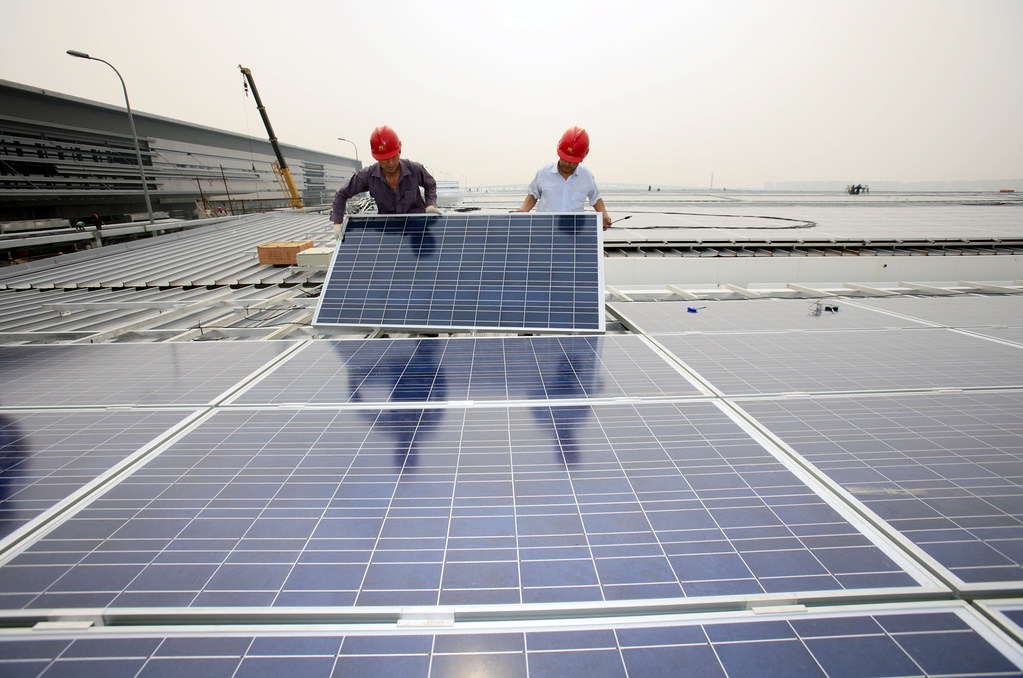
Two new reports from the IEA are likely to impact government policy on solar:
- Despite recently reported progress, Thailand is still far behind countries which are leading the global solar boom, despite the abundance of sunshine. In the table below, Thailand is second from the bottom of the list.
- The policy obstacles which are preventing faster progress are identifiable and – more importantly – multiple, specific examples are available of countries which have solved and removed them. They offer examples to imitate and adapt in Thailand.

VRE = Variable Renewable Energy, including both solar and wind, which leads to comparisons of country performance with different natural resources.
Countries selected by the IEA as illustrative.
Thailand is shown second from bottom on the left. The order of classification is based on 2030 forecasts. Based on 2024 actual figures, Thailand would be only marginally higher in the classification.
Source: Renewables 2025, published October 2025
- Equally important is the second report, published in September 2025 and entitled Integrating Solar and Wind in Southeast Asia. The reasons (or perhaps excuses) repeated in Thailand for the country’s poor performance were known before the report appeared. Two examples are that energy security could be jeopardised, and that it will take Thailand many years to build the flexibility into its grid needed to accommodate large percentages of variable renewables. That has led to attempts to delay debate until closer to 2050, the year by which Thailand aims to reach its net zero goal. 2030 goals have been presented as unrealistic.
- What is new here is the demonstration that other countries have faced exactly the same problems AND HAVE SOLVED THEM. Measures include programmes to ensure the availability of adequate storage or dispatchable power. The programmes used to reach the solutions are described. The clear implication is “this is where to go for advice if it is needed”. And an international forum already exists for exchanges on issues affecting solar energy growth: the IEAs PVPS programme.
- If the report’s encouragement of more vigorous action is implemented, then much more growth should be seen in both utility-scale and rooftop installations. To help that drive under both headings, the IEA has established a Regional Cooperation Centre for ASEAN in Singapore to cover the whole ASEAN region – the first office it has ever opened outside its headquarters in Paris. The IEA states that the move reflects Southeast Asia’s growing role in the global energy landscape and the IEA’s commitment to supporting energy security in the region. The implication is clear: ASEAN currently has nearly 10% of the world’s population, it must do better in renewable energy, and the IEA will push them harder to set and achieve higher performance. And the additional growth will include rooftops: the report estimates that installations under 1 MW in size – that includes most rooftop installations -- will account for 40% of capacity installed across ASEAN over the next 6 years, with the other 60% coming from larger rooftops and utility-scale installations.





